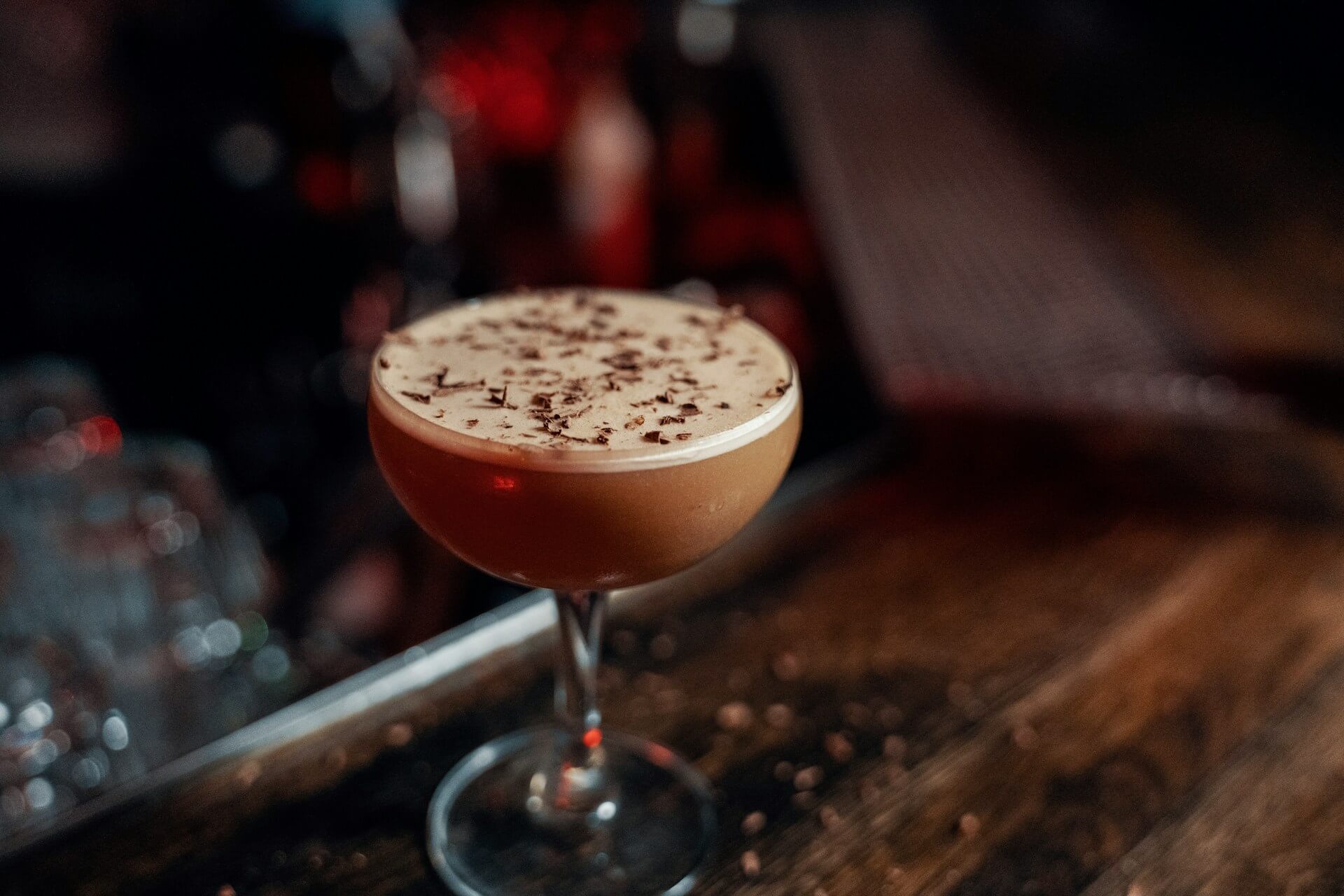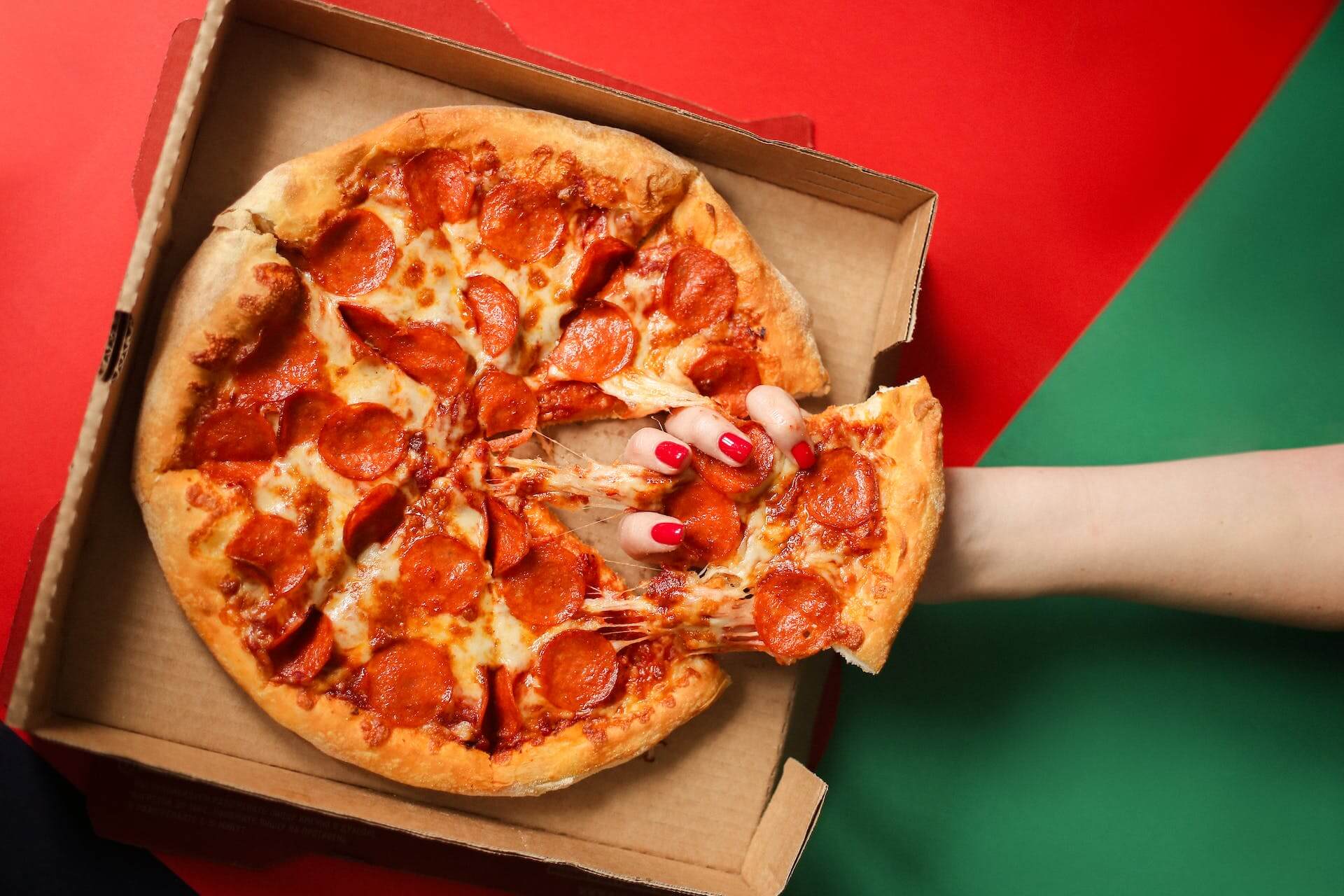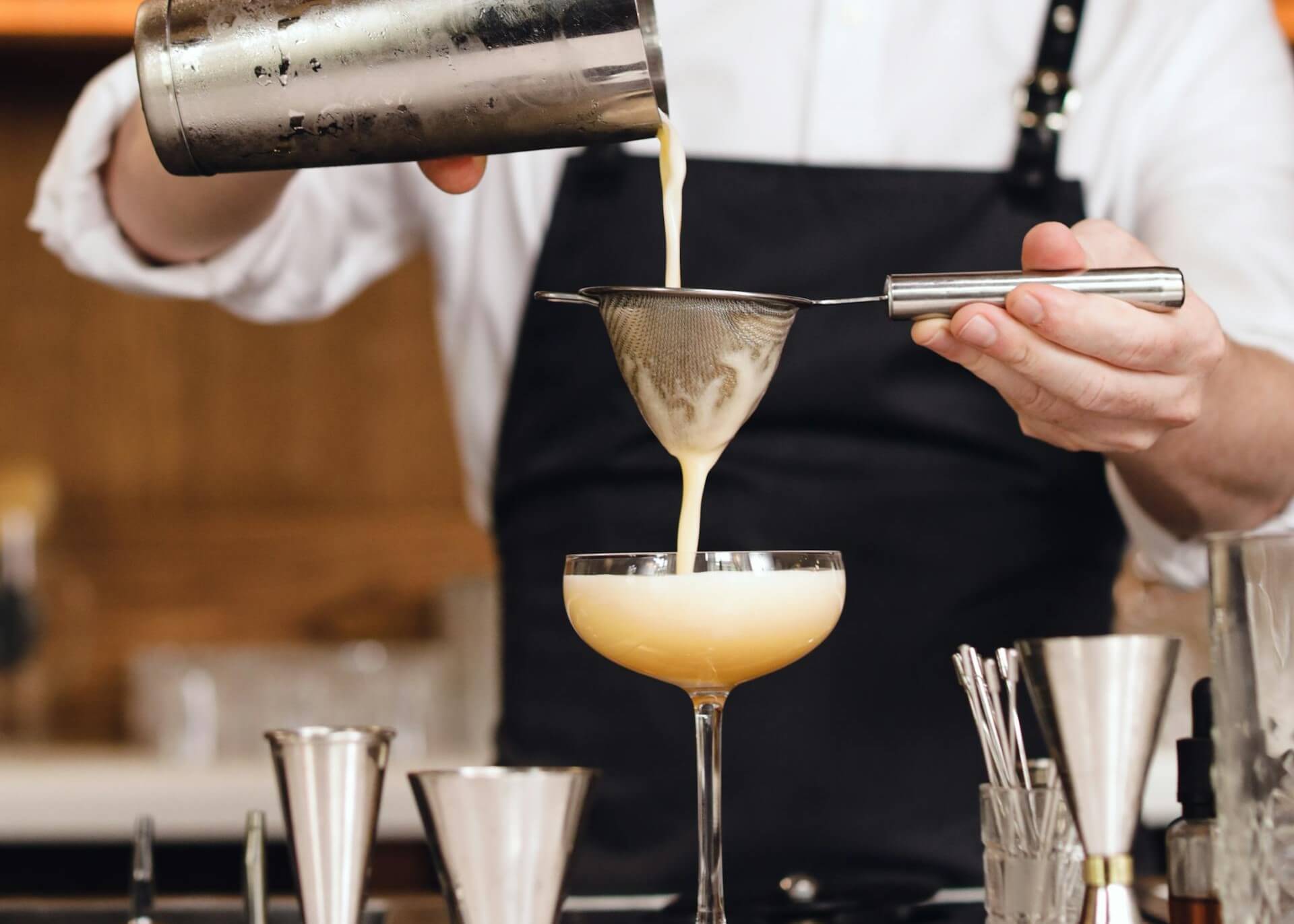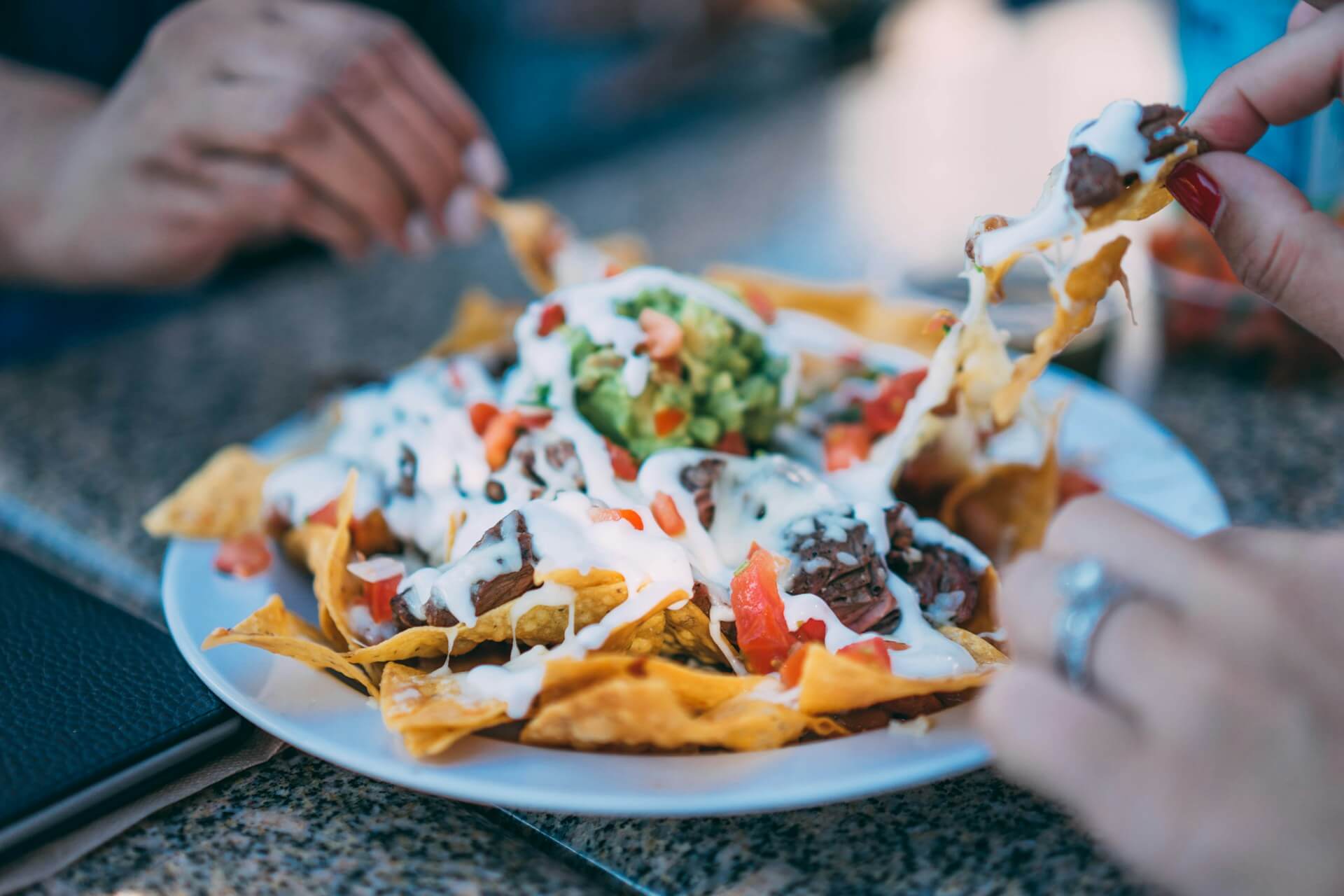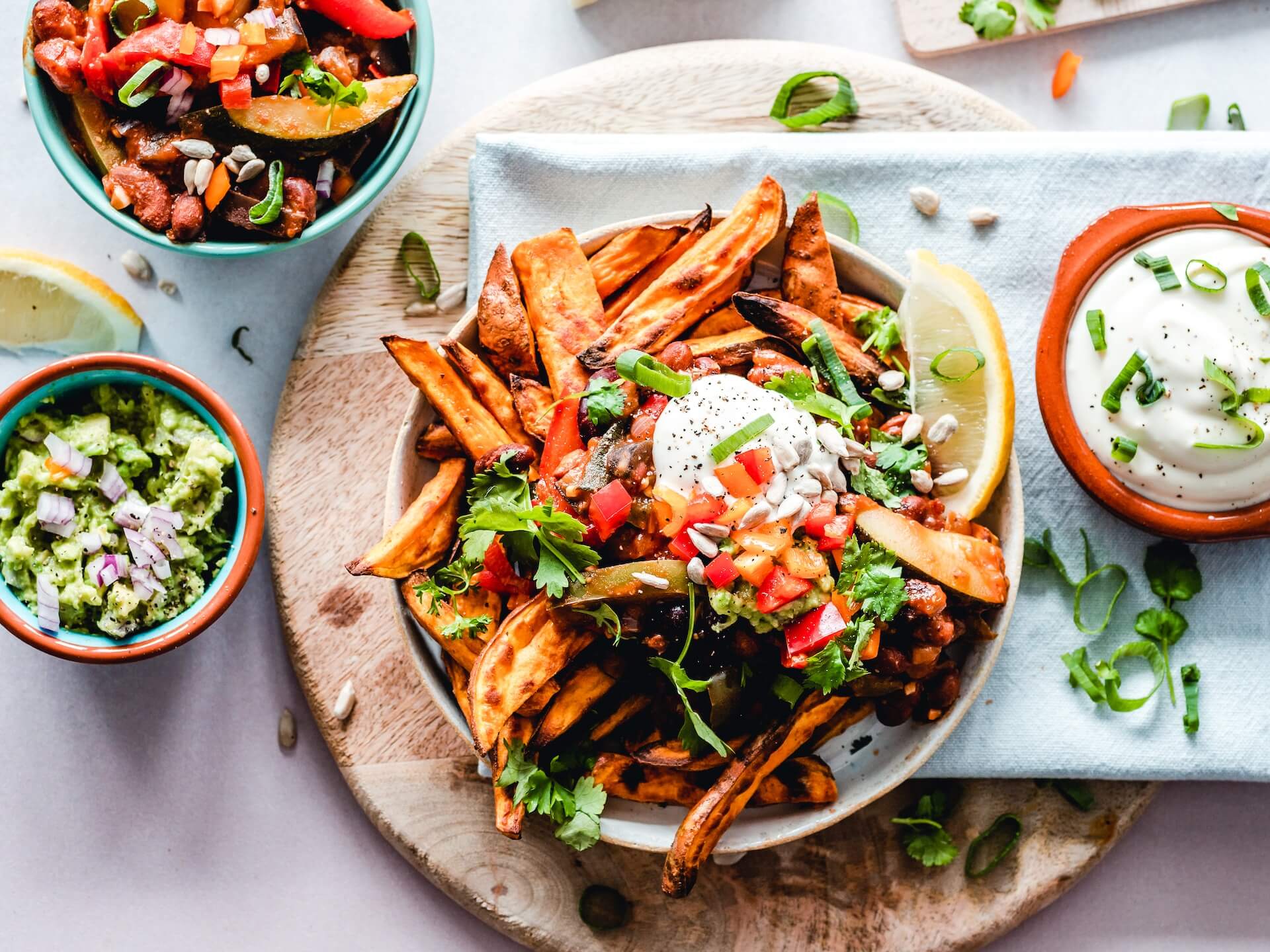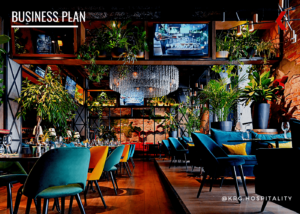Top 10 Pizza Styles Going Into 2024
by David Klemt
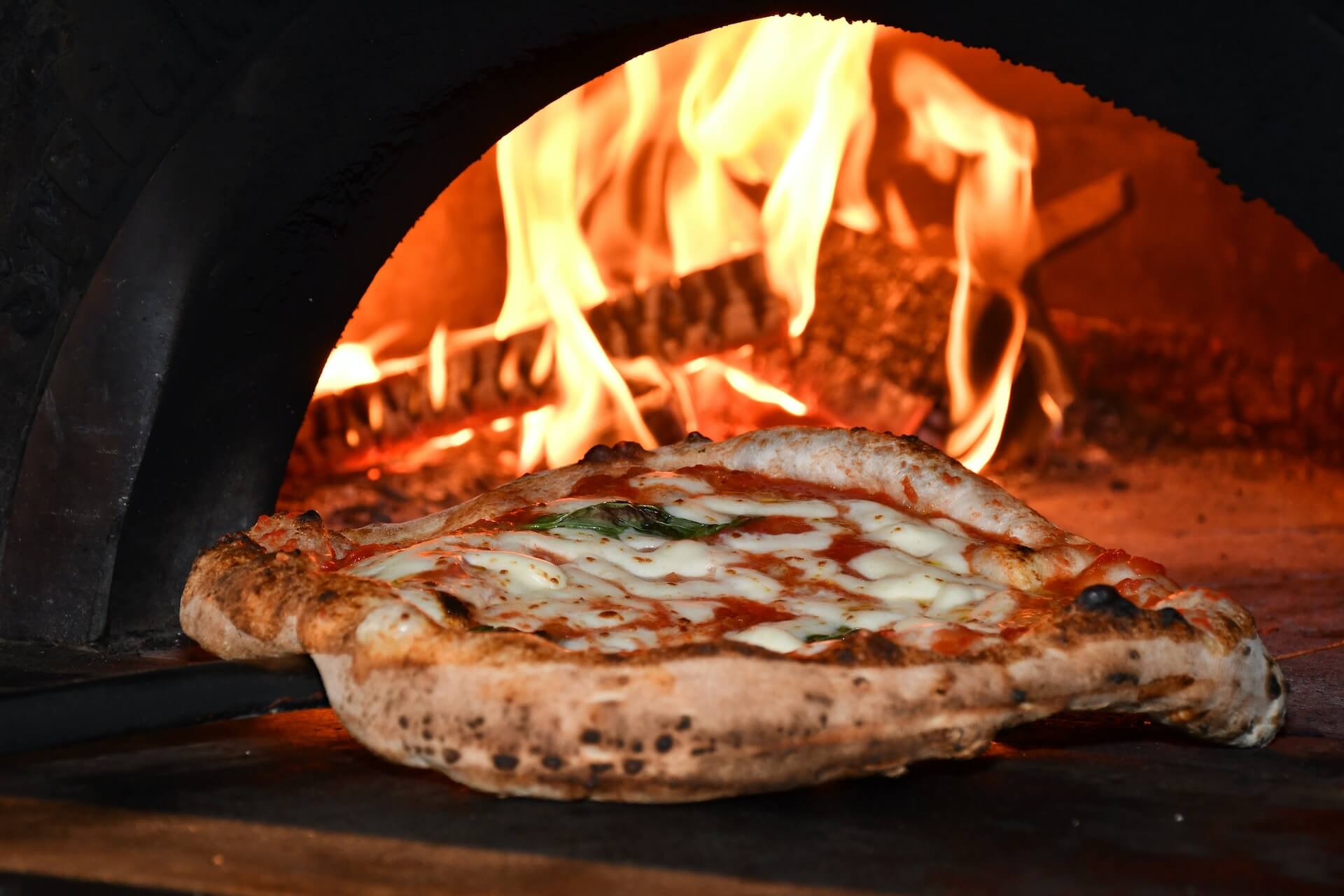
Pizza-centric publication Pizza Today‘s 2024 industry trends report contains an incredible amount of information, including the top pizza styles in North America.
There’s a tie for the tenth spot on their ranking, so I dive into 11 styles of pizza in this article. As you’ll see, having grown up in the area, I have a lot of thoughts on Chicago’s pizza styles.
This is one of the most fun topics I’ve ever researched and I hope you find this information helpful for your restaurant or bar.
Cheers!
Top Pizza Styles
10 Chicago Thick (tie)
Because Deep Dish is also on this list, I’m going to assume Pizza Today means Pan pizza. If this is accurate, it’s the cooking vessel that’s the big difference.
Whereas Deep Dish is cooked in a cast-iron pan, Chicago-style Pan pizza is cooked in either a cake pan or cast-iron skillet. Another difference is the resulting crust: Deep Dish features a thick, pie-like crust, while Pan has a medium-thick crust that’s similar in texture and chew to bread.
One more big difference comes down to the layering of the ingredients. In a Pan pizza, the traditional order is followed: sauce goes on the crust, cheese goes on the sauce, and additional ingredients go on top of the cheese.
10 NEOpolitan / Neo-Neapolitan (tie)
As the name implies, this is a modern variation of the classic Neapolitan or Napoletana style. It’s also sometimes referred to as Neo-Classica.
The biggest overall difference between this style and its traditional counterpart is the adherence to strict rules. NEOpolitan eschews several rules, which you’ll find further down the list in this article.
Some deviations include oven style (NEOpolitan doesn’t require a wood-burning oven); temperature (700-730° F); cook time (120-150 seconds); and ingredients (anything goes).
9 California / American Artisan
The base of a California-style pizza is an Italian- or New York-style crust. From there, the tenets of California cuisine take over.
This style focuses on highlighting fresh, local, seasonal ingredients. So, think traditional crust with nontraditional ingredients when considering this style.
As far as the American Artisan designation, California style falls into this categorization. An artisan pizza is made by hand without the use of automation, so American Artisan is a style uniquely, well, American.
8 Grandma
The Grandma-style pizza is thought to come to us from Long Island, New York.
This simple style is usually rectangular due to being cooked in a sheet pan, and the pan is oiled heavily. The order of ingredients is crust, cheese, tomato sauce. However, these pizzas are often finished with a garlic-infused olive oil, oregano, and Pecorino Romano cheese.
Grandma pizza is thicker than New York-style but nowhere near as thick as Detroit, Sicilian, or Deep Dish. It’s cut into squares before being served.
7 Detroit
According to Pizza Today, this is the fastest-growing pizza style in America.
As the story goes, this descendant of thick Sicilian-style pizza was created in a speakeasy in mid-1940s Detroit. The owner of Buddy’s Rendezvous, Gus Guerra, wanted to add something new to his neighborhood bar’s menu. The history is a bit hazy regarding where he got the recipe for a Sicilian pizza, but he cooked it in a few (hopefully unused) deep, steel industrial pans from a friend who worked in a factory.
So, a traditional Detroit pizza is a Deep Dish cooked in a deep, rectangular, steel pan. The original version calls for a rich tomato sauce and Wisconsin brick Cheddar cheese topped with pepperonis, all cooked at 230° F. As for layers, it goes crust, pepperonis, sauce, then cheese, traditionally. Once the cheese is caramelized, any additional toppings are placed on top, along with more red sauce. On the Detroit pizzas I’ve had, the red sauce on top consisted of one horizontal stripe and one vertical.
If you think things are too quiet and boring while you’re hanging out at a restaurant that serves Detroit-style or Chicago-style Deep Dish pizza, comment loudly that one is better than the other and the “true” or “superior” Deep Dish.
Fun trivia: Domino’s, Little Caesars, and Hungry Howies are all from Michigan.
6 Chicago Thin
If you want to start a passionate debate, walk into a bar serving Chicago Thin or Tavern-style pizza and say it’s the city’s true style.
Half (or perhaps more) of the Chicagoans within earshot will agree with you. Others, not so much.
At any rate, this pizza is known for its thin, cracker-like crust. It’s round and will be cut into square before being served.
Oh, and if you’d like to start another “spirited” argument, mention St. Louis when talking about Chicago Thin or Tavern-style pizza. Some people from “the Gateway to the West” like to Amedeo Fiore invented this style. However, people from the south side of Chicago will let you know in no uncertain terms that the style didn’t find its way to St. Louis until after Fiore moved there from “the Windy City.” Further, Chicago’s (original) version consists of a dough made with yeast paired with mozzarella cheese. St. Louis style is made without yeast and features Provel cheese.
5 Neapolitan / Napoletana
This is arguably the pizza style with the strictest rules. For example, these pizzas must be cooked in a word-burning oven at 800° F for 90 seconds.
All of the ingredients must originate from Italy. Additionally, no more than three ingredients may be used for a single pizza.
Further, all Neapolitan or Napoletana pizzas must be finished with extra-virgin olive oil and fresh basil.
4 Deep Dish
People outside of Chicago likely believe the city’s pizza style is called Deep Dish. Unfortunately, that’s a prevalent misconception. Of course, it doesn’t help that Deep Dish is a Chicago invention, leading to most people thinking that Chicago Style and Deep Dish are synonymous. Yes, Chicago Deep Dish is a style, but so are Stuffed and Pan.
I’m going to take a stab at understanding what Pizza Today means when they refer to Deep Dish. Forewarning: I could be wrong.
Speaking generally, a Deep Dish pizza is cooked in an oiled cast-iron pan. Essentially, it’s a pie. The flaky crust is high (two inches isn’t uncommon) and the person prepping the pizza changes the traditional order of the layers. Unlike a traditional or Pan pizza, the order for a Deep Dish pizza is crust, cheese, sauce, other toppings. This approach to layering is to avoid burning the cheese since these pizzas spend so much time in ovens.
Now, if Pizza Today means Stuffed, there’s a bit of a difference between than that and Deep Dish. First, Stuffed is made in a pan even deeper than those that produce Deep Dish pizzas. Second, an extra layer of crust covers much more cheese than you’ll find in a Deep Dish pizza, and this layer is covered in sauce. So, the order is crust, toppings, lots of cheese, crust, sauce.
3 Sicilian
This is a style of pizza originating from, you guessed it, Sicily. Moreover, it’s one of the most traditional types of pizza…when we’re talking about Sicilian versus New York Sicilian.
For the former, the pizza is characterized by a square, thick, spongy dough. The sauce is made with tomato, onion, anchovy, and herbs. From what I understand, the sauce also contains no meat.
Traditionally speaking, hard goat or sheep’s cheese is grated on top, and the pizza is also topped with breadcrumbs.
When it arrived in America, tomato sauce and mozzarella replaced the traditional sauce and hard cheeses. This development very likely comes down to the ease of finding readily available and affordable ingredients. Additionally, some people made round Sicilian pizzas rather than square.
2 Traditional American
Simply put, Traditional American pizza is just a slightly different version of New York style.
It’s a bit thicker than New York, but it still has the raised “border” encircling it. Often, this style features more cheese than its Big Apple counterpart.
A Traditional American pizza can be hand-tossed, pressed, or hand-formed.
1 New York
Unless you’re from Chicago or Detroit, this is probably what you think of when you think “pizza.”
A New York pizza is hand-tossed, large, and defined by its characteristic thin crust. The slices tend to be extra large and capable of being folded for eating on the go. In fact, I once watched two friends, one from New York and one from Chicago, almost come to blows when the former threatened to attempt to fold his slice of Deep Dish in front of the latter. They had to be separated.
Traditionally, there are just two toppings on the crust: tomato sauce and cheese. However, these pizzas are a blank slate for all manner of toppings.
Top Trending Styles
As you’ll see, there’s a tie for second place as far as the trending pizza styles in 2024, according to Pizza Today.
- Chicago Thin
- New York
- Sicilian
- Deep Dish and Grandma (tie)
- Detroit
Per the pizza-centric publication, this is Detroit’s second year as the reigning trending pizza style.
Now that you know the top pizza styles in North America, know this: Pizza Today’s data indicate that today’s consumer expect to be able to order multiple styles of pizza from one pizzeria. Develop your menu accordingly.
Image: Fabrizio Pullara on Unsplash




